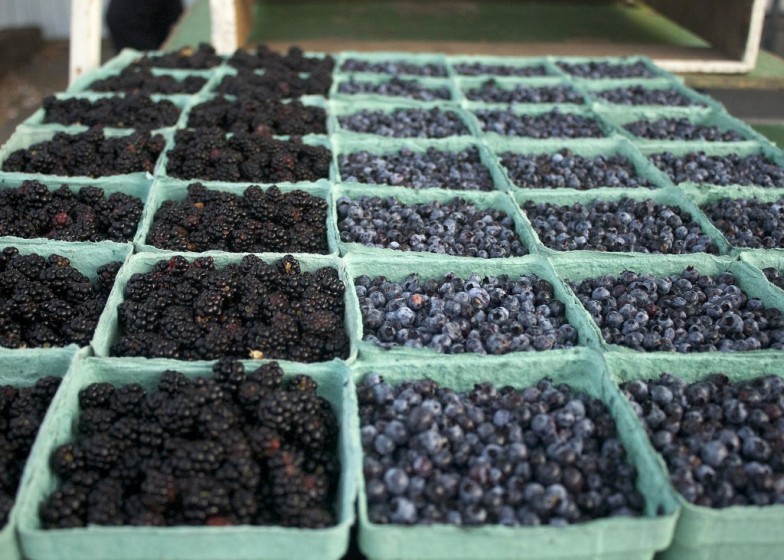This is the second post in a short guide to buying local on a budget. Part one is all about affordable local switches. You can read it here.
Regardless of what you’re paying for your local fix, maximizing what you buy and avoiding food waste is one of your best bets to keep your budget tight while enjoying local food.
Use Every Scrap:
Vegetable stock is a great and simple way to get the most out of your local veggies. Save the bits, peels, and ends of things like carrots, onions, celery, fresh herbs, peppers, cabbage, and more and keep them in a bag in the freezer. Once the bag is full, empty it into a stock pot, cover it with water, simmer for an hour, then strain the liquid from the peels (discarding the peels). It tastes great and, not only do you save money on stock, you skip the odd chemicals sometimes found in store-bought broths. Plus, many local vegetables use less or no spray because they can get to the customer fresher, faster. Ask your farmer, they can tell you about how your veggies were grown.
Similarly, bone broth can be made from everything from chicken and beef bones to lobster shells to fish bones, and corn cobs make a rich and easy single-veggie stock.
Identify Items You Commonly Waste:
For us, it is milk and greens like lettuce and spinach. To counter that, we spent a little time researching uses for soon-to-expire greens and dairy. Now we turn our leafy greens into soup, throw it into stir fry, and blend it into smoothies. Our dairy gets used up in home-made paneer, which takes less than 30 minutes to make.
Start Your Shopping In The Fridge:
Before you plan your meals for the week, take a quick peek for any ingredients that are on their way out. If you have an item that needs to be used soon, see if you have other ingredients on hand already to turn into a meal, or that can be made into a meal with just one or two additions.
Plan Ahead and Make a List:
Figure out what you are going to make each week. Actually sit down and plan out every meal. Start by identifying what you can already make or what you can make with an extra item or two, then fill in the gaps with seasonal recipes. During planning, it is easier to see what items can easily be switched out for local options. We’ll talk about how to find out what grows here when and where to get local products in this series, and how to find recipes that use what’s in season soon. Planning also really helps to save you from impulse buys, or buying things that just don’t go together and which will often result in expired and wasted foods.
Buy A Whole Chicken:
Last year, Meat Mongers gave me a lesson in deconstructing a whole fresh chicken. It was surprisingly easy. Buying a whole fresh local chicken costs just a little more than buying a few chicken breasts, and a chicken can be turned into all kinds of healthy, affordable meals. You can of course cook a full chicken and segment the meat after cooking, but by learning to deconstruct a whole fresh chicken and freezing it in parts you can diversify the kinds of recipes you can make, space out use, and you’re less likely to have spoilage from cooked chicken that doesn’t get consumed in time. Don’t forget to use the bones for stock and any drippings for gravy!
Local chicken tastes great and many are raised free run and hormone free. Check out the video below where Jaime Oliver shows you how to deconstruct a whole fresh chicken in minutes.
Part 3 in our guide to buying local on a budget is now up – Click here to learn about what is grown and produced here, when it’s available, where you can buy it, and how to prepare it!





